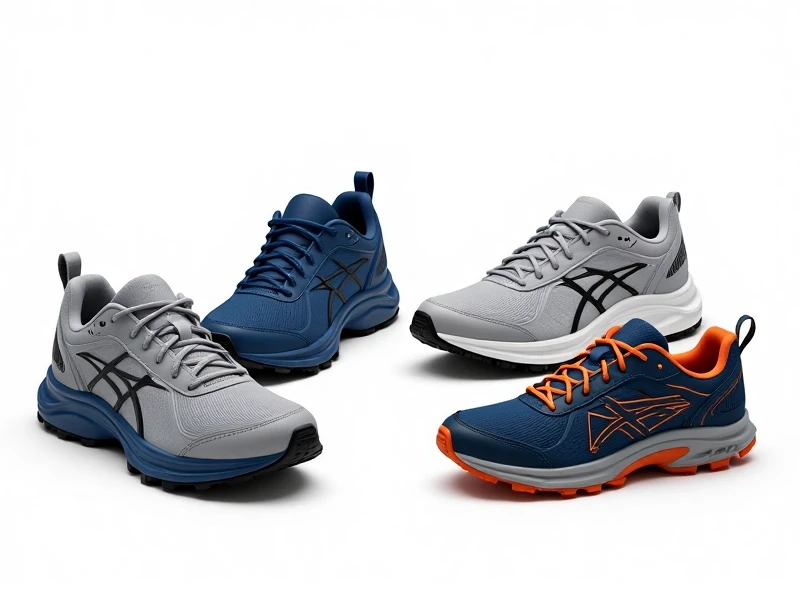
Finding Your Perfect Training Running Shoes: Key Features to Look For
Whether you're a seasoned marathoner tackling high-mileage weeks or a beginner hitting the pavement for the first time, the right training running shoes are fundamental to your performance, comfort, and injury prevention. Choosing footwear designed specifically for the repetitive impact and demands of training runs is a game-changer compared to using everyday sneakers or even racing flats. But with so many options, how do you select the best pair?
Training running shoes are distinct. They are meticulously engineered to endure the significant mileage accumulated during training blocks. Durability is paramount; outsoles crafted from robust rubber compounds (often placed in high-wear areas like the heel and forefoot) resist the abrasion encountered over hundreds of kilometers on various surfaces.
Cushioning is another critical factor. Unlike minimalist racers, training shoes typically feature thicker, more responsive midsole foams – like EVA, polyurethane, or modern super foams like PEBAX and TPU blends. This ample cushioning absorbs the repeated shock forces generated with every foot strike, protecting your joints (knees, hips, ankles) during those long or frequent runs. Look for responsive cushioning that feels supportive without being overly squishy or too firm.
Stability and support play vital roles, especially for runners prone to overpronation (excessive inward rolling of the foot) or needing extra guidance. Look for features like medial posts (denser foam on the inner side) or integrated guidance systems within the midsole to promote a more neutral foot motion during your stride. An effective, supportive heel counter also locks your heel in place, preventing slippage and enhancing security.
Fit and comfort are non-negotiable. Training shoes should provide a comfortable heel-to-toe fit without any pinching or excessive sliding. Expect ample room in the toe box to allow natural splay upon landing, with a comfortable yet secure hold throughout the midfoot and heel. Breathable mesh fabrics enhance ventilation, keeping feet cooler and drier on extended sessions, reducing the risk of blisters. Remember, sizes can vary between brands and models – trying shoes on in-store late in the day (when feet swell naturally) is highly recommended!
Finding the best training running shoes ultimately depends on your unique running style, foot shape, goals, and training conditions. Key considerations include the amount of cushioning you prefer (maximal vs. moderate), your stability needs (neutral vs. stability), and the type of terrain you regularly train on (road, track, light trail). Investing time to understand these factors – and perhaps seeking a gait analysis at a specialty running store – will lead you to the ideal training partner to support every stride in your running journey. Your ideal pair delivers the perfect combination of durability, protective cushioning, reliable support, and immediate comfort, mile after mile.